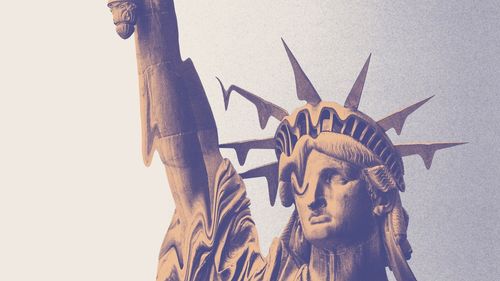The Last Time Democracy Almost Died

The Last Time Democracy Almost Died
4/22/2020
link
summary
In this essay from The New Yorker, the author examines historical events to explore the fragility of democracy and the potential for its demise. Focusing on the political climate and threats to democracy in the 1930s, the essay draws parallels to the present day. It discusses the rise of authoritarian leaders, the erosion of democratic norms, and the dangers of complacency. By examining the past, the author warns readers about the importance of actively safeguarding democracy to ensure its survival. The essay serves as a cautionary tale, emphasizing the need for vigilance and collective action to protect democratic ideals.
tags
democracy ꞏ political history ꞏ authoritarianism ꞏ government ꞏ political systems ꞏ power ꞏ populism ꞏ political instability ꞏ threats to democracy ꞏ political crisis ꞏ political resilience ꞏ democratic values ꞏ democratic institutions ꞏ historical events ꞏ democracy and populism ꞏ political polarization ꞏ democratic processes ꞏ political analysis ꞏ global politics ꞏ democratic backsliding ꞏ democratic erosion ꞏ historical perspective ꞏ political movements ꞏ historical lessons ꞏ political regimes ꞏ political science ꞏ elections ꞏ political ideologies ꞏ democratic principles ꞏ political reform ꞏ democratic transitions ꞏ political philosophy ꞏ democratic norms ꞏ political sociology ꞏ democratic governance ꞏ democratic rights ꞏ political discourse ꞏ political participation ꞏ democratic societies ꞏ political leaders ꞏ political decision-making ꞏ political activism